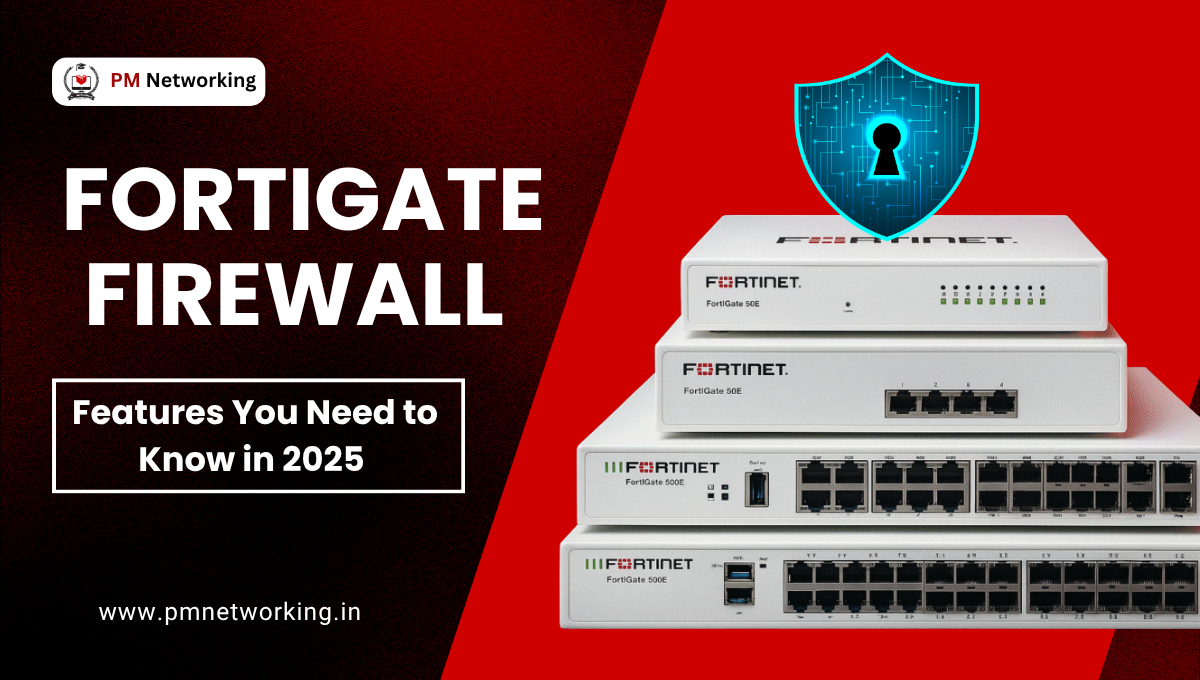
Networking, what comes to your mind when you think of networking? Networking is the process of building and maintaining connections with people or groups to exchange knowledge, or for other mutual gains. But is it the same in the world of computers? In this article, we will discuss what is networking, the types of networking, and networking devices. Let’s, get into it.
What Is Networking?
The process of building and maintaining connections with people or groups, often in a professional setting, is referred to as networking. It involves building relationships, sharing knowledge, and developing a network of contacts that can offer resources, opportunities, and support. Genuine interest in other people, attentive listening skills, and professional and clear communication are all necessary for effective networking.
Computer Networking
What is networking in computers? The process of connecting several computers and other devices so they can exchange data and communicate with one another is known as computer networking. This communication might take place across a wider area network (WAN), such as cities or countries, or inside a smaller area, like a house or workplace (local area network, or LAN). The main role of computer networking is to make it easier for devices that are connected to share resources and exchange data.
For computer networks to work properly, a variety of hardware and software components are required. Network cables, switches, routers, wireless access points, network adapters, and network protocols are a few of them.
Types Of Networking
Local Area Network (LAN)
Computers connected by a LAN can exchange resources, files, and data over a relatively small distance. A local area network (LAN), for example, could connect every computer in a hospital, school, or office building. LANs are usually privately owned and operated.
Wide Area Network (WAN)
As the name suggests, a WAN links computers across a large distance, such as across different countries covering a large distance. Large companies often use wide area networks, or WANs, to connect their office networks. WANs are used to connect the local area networks, or LANs, that are normally connected by each office’s own LAN.
Metropolitan Area Network (MAN)
A computer network located in a single region of the country that is smaller than a wide area network (WAN) but larger than a local area network (LAN) of a single building is called a metropolitan area network (MAN).
Personal Area Network (PAN)
A computer network used to connect electronic devices within a person’s workspace is called a personal area network, or PAN. It can connect to the internet, networks, and other personal devices. It establishes connections between electronic devices.
Storage Area Network (SAN)
A Storage Area Network (SAN), is a network of storage devices accessible by many different servers or PCs. Every computer connected to the network has access to the SAN’s storage as if it were a local drive that is attached to each machine directly.
Campus Area Network (CAN)
To cover a specific geographic region, such as a school campus, university campus, etc., a campus area network (CAN) is a computer network made up of several interconnected local area networks (LAN).
Virtual Private Network (VPN)
A virtual private network, or VPN, is a service that protects our online privacy and internet connection. With the use of a VPN, you may safely and securely utilize public Wi-Fi, safeguard your online identity by disguising your IP address, and build a secure connection for your data.
Networking Devices
Networking devices are an important part of today’s formation of computer networks. They allow communication and data exchange between devices both inside and outside of the network. These devices play a crucial role in the smooth functioning of many electronic devices.
Routers
The most common networking device is the router. They act as network traffic directors, choosing the most effective route for data packets to take when moving between networks. By forwarding data packets according to their destination IP addresses, they also make it possible for devices on the same network to communicate with one another.
Switches
The main role of a switch is to enhance network performance and communication across hubs, routers, and other network devices. Switches are used to forward incoming packets to the correct location by collecting information from them. Switches typically don’t have a lot of knowledge about the other network nodes.
Hubs
Hubs are important networking components that act as the main connecting points for various devices inside a network. Hubs in comparison to switches broadcast all data to all connected devices without making any distinctions between data packets, which can cause network traffic and safety risks.
Modems
Modems, the short form of modulator-demodulator, are devices that enable communication between a computer or network and the internet service provider (ISP). They convert incoming analog signals back into digital data after modulating digital data from the computer into analog signals that may be sent over cable or phone lines.
Access Points (APs)
Access points are devices that use Wi-Fi technology to connect wireless devices to wired networks. They serve as wireless transmitters and receivers, expanding the network’s coverage area and acting as a bridge between wired and wireless networks.
Gateway
To enable communication across different technologies, such as Transmission Control Protocol/Internet Protocol (TCP/IP) and Open System Interconnection (OSI), a gateway device is used. Gateway interprets one another’s communications.
Conclusion
Networking involves establishing connections between individuals and systems to exchange data and resources. In this article, we have explored the world of networking. Whatever its form, networking makes it easier for us to connect, share knowledge, and accomplish our objectives. Networking is growing along with technology, giving us new ways of communication and cooperation. Thus, in our connected world, networking whether it be in person or online is essential to establishing connections and completing tasks.







0 Comments